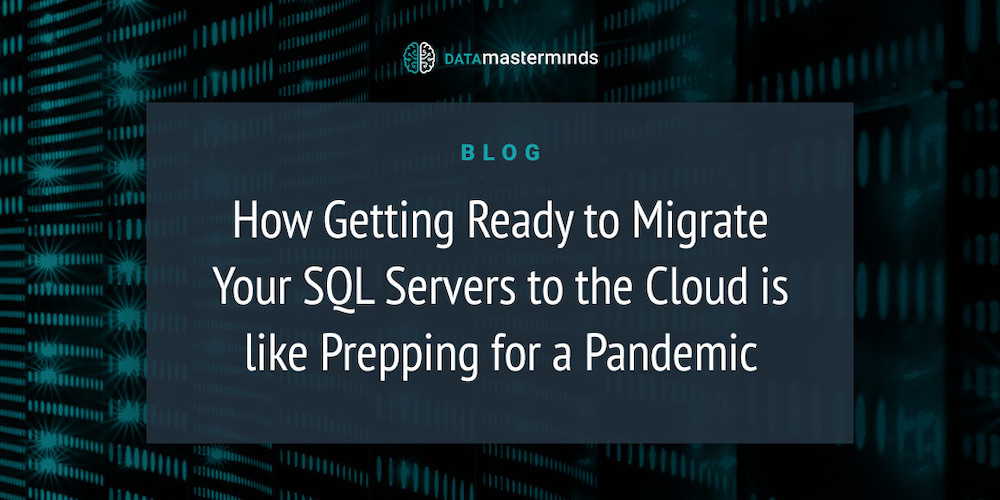Welcome to part two of our series on the most common questions we receive from clients – be sure to check out part one if you haven’t already.
Question #2: Will the Cloud Save Me Money?
The cloud is no longer a new technology and many companies are already successfully using it in at least one area of their business. In fact, most companies had been using “the cloud” long before it became a buzzword, as hosted email servers are one of the older cloud services.
Now that the “easier” business processes have been moved to the cloud, more business-critical services are being eyed for a similar migration. The main question we hear in these cases is: Will we save money using the cloud?
Making the Cloud Work for You
The answer here again is not a simple “yes” or “no”. However, we can say that moving a process from on-premises to the cloud without any redesign of the architecture can (and probably will) be more expensive than running it locally. There are several reasons why , but the main one is that the capital expenditure for the on-premises installation (server rooms, hardware, network capacity, etc.) and in many cases the infrastructure operational expenses (electricity, cooling, insurance, internet connections, personnel etc.) is rarely carried over in the calculation of the all-in cost of running on-premises services. This means, an apples-to-apples comparison between cloud and on-premises is extremely difficult.
A common pitfall for migrations from on-premises to the cloud is trying to migrate a server 1:1 (or “Lift and Shift”). These migrations are generally easier to do because existing systems are effectively copied from on-premises into the cloud, but the cost of running those systems in the cloud is vastly more expensive than on-premises installations. A lift and shift migration is used to quickly step out of an outdated datacenter so that running services can continue while a full migration/replacement using the full host of cloud technologies is designed and built.
The main advantage of the cloud is the flexibility it allows. This flexibility far outguns almost any on-premises infrastructure that most companies could ever afford to install and run themselves—Microsoft, Amazon and Google have spent billions of dollars each on creating their cloud environments. High levels of automation coupled with “XYZ as a Service” offerings let cloud customers rapidly deploy and destroy services to meet business needs. It affords even the smallest company the ability to use technologies and services that were previously unaffordable or technically impossible to implement on their own. Through this flexibility, money can be saved—or rather, innovation can be enabled which then allows companies to focus more on their business goals than on their IT budget/long term technology investments.
With the freedom of a globally distributed IT at their fingertips, companies are also able to reduce or redirect their IT department budget into areas that can generate revenue. The time savings from reduced maintenance of IT systems can unlock investment budget for business expansion.
In short, the cloud maybe can’t directly save money, but can free up an IT department (and in some cases, an entire company) from day-to-day execution of IT processes and allow a reduced time-to-market for new products and services from the revenue generating side of the company.
Have More Questions?
Not sure if your system’s current SQL server or windows versions can handle your operations? Book a call or send us an email—I’m always happy to offer guidance.










